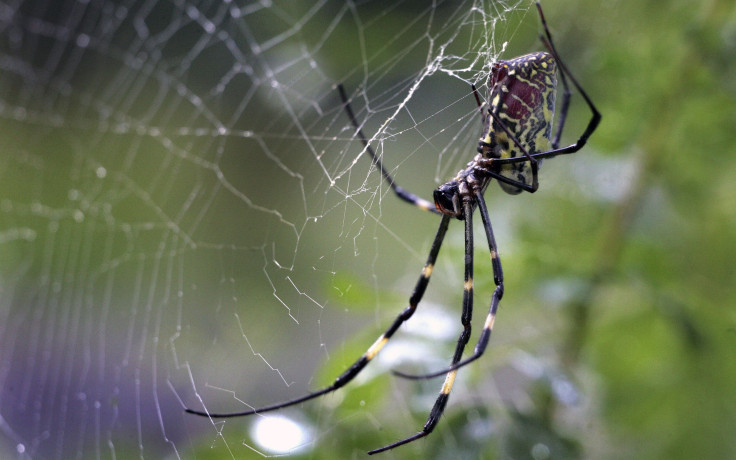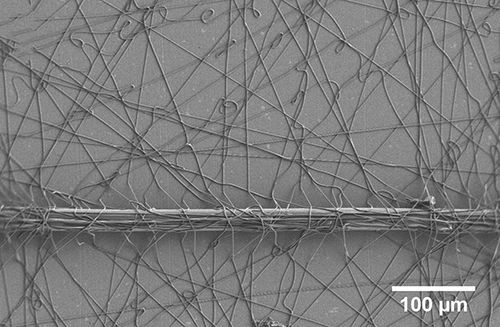Spider Silk May Hold Clues To More Efficient Biomedical Adhesives That Could Bind Fractures: Study

The super-sticky silk produced by spiders might help scientists develop more efficient and stronger commercial and biomedical adhesives that could be used to attach tendons to bones or bind fractures, according to a new study.
Researchers at he University of Akron in Ohio have created synthetic duplicates of the super-sticky silk “attachment discs” that spiders use to attach their webs to surfaces. They say that these discs are created when spiders pin down an underlying thread of silk with additional threads, like stiches or staples.
“This adhesive architecture holds promise for potential applications in the area of adhesion science, particularly in the field of biomedicine where the cost of the materials is a significant constraint,” the researchers wrote in the study, recently published in the Journal of Polymer Physics.

Through electrospinning, a process by which an electrical charge is used to draw very fine fibers from a liquid, researchers were able to mimic the efficient staple-pin design, pinning down an underlying nylon thread with the electrospun fibers.

According to Ali Dhinojwala of the University of Akron, the lead researcher on the project, this “staple-pin” geometry of the attachment disc creates a strong attachment force using little material. Dhinojwala also stated that, in addition to medical applications, the design could be used to create commercial adhesives stronger than conventional glue and tape.
“Instead of using big globs of glue, for example, we can use this unique and efficient design of threads pinning down a fiber,” Dhinojwala said.
© Copyright IBTimes 2024. All rights reserved.












